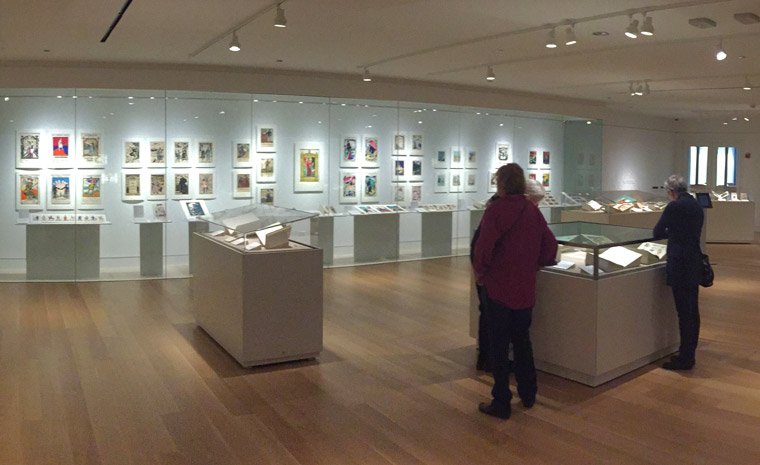Printer? Publisher? Bookseller?
On the title pages and colophons of books in this exhibit, you will see printers, publishers, and booksellers identified by name. Some state that a book was “printed by” someone or “printed for” someone. What’s the difference?
A book is “printed by” a printer. A book is “printed for” the person who commissions the publication. In modern terms, we would call this a publisher, but the lines between publisher, printer, and bookseller were more fluid in the early modern period. Generally, publishers judged demand for a publication and financed its production, printers produced books, and booksellers sold them. However, a person identified in a publication as a bookseller or printer might also be acting as a publisher, or sometimes one person might fill all three roles.
Even within the field of “printing” proper, there were a variety of roles. The owner of printing workshop managed the business but often did not do the physical work of printing. The owner’s family, including spouse and children, may also have been involved in administration. Compositors set the type, arranging individual pieces of type into a page layout, and they were responsible for correcting the text when proofreaders spotted errors. Printing was a skill learned by apprenticeship for most of its history, and young apprentices known as “printer’s devils” were tasked with errands like fetching and sorting type and mixing ink. In the hand press period from about 1450 to 1830, the “beater” was responsible for inking the “forme” of set type using ink balls, and the “puller” inserted the paper into the press and pulled the arm of the machine to make an impression in ink onto the sheet. In the era of mechanized printing in the 19th and early 20th centuries, women were commonly employed as “feeders,” taking on the low-wage work of feeding paper into the press.
A Book of Caricaturas
[Cornhill, England]: Printed for R. Wilkinson, 1762[?]
NC1320.D37 1762
Gift of the Joseph and Helen Regenstein Rare Book Fund
A book of 59 copperplate engravings by Mary Darly
Mary Darly (1736-1791) and her husband Matthias (or, Matthew) Darly were artists, print makers, publishers, and booksellers. Together they ran a shop on Fleet Street in London where they sold their work and offered lessons in drawing. Many of their prints were signed simply “M Darly,” creating confusion, even today, about whether these works should be attributed to Mary or Matthew or both. The work exhibited here is clearly that of Mary Darly. She identifies herself as the author and includes a self-portrait, in caricature, as she saw herself in 1762. The advertisement for her work, at right, provides further confirmation.

